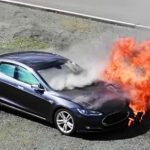Honda has recently expanded its range of products by introducing the all-new CR-V e:FCEV.
This is a car that can run on hydrogen fuel and also use electric power from an external charging battery. This makes the Honda CR-V e:FCEV unique as it is a vehicle that does not emit CO2 but is not a pure electric car.
Specifically, the Honda CR-V e:FCEV is equipped with an electric motor located at the front axle, with a power output of 174 horsepower and a maximum torque of 311 Nm.
With a 17.7 kWh lithium-ion battery pack, the maximum pure electric range of this CR-V is 47 km, increasing the total driving range of the car to 435 km.
According to EPA testing, the Honda CR-V e:FCEV has a maximum travel distance of just 435 km. If hydrogen fuel is not available, the car needs to be plugged in to use the 47 km electric range.
This system also has two-way charging capability, allowing customers to use the battery to power any small electronic devices, camping equipment, and home appliances through a 110-volt power outlet with a capacity of up to 1,500 watts.
In addition to the new powertrain, Honda has also reinforced the chassis and completely redesigned the MacPherson strut (front) – multi-link (rear) suspension system to optimize the performance of the CR-V e:FCEV.
To differentiate this new version from the rest, Honda has made some adjustments to the front of the car. These include a split front grille, expanded air inlet, and redesigned front bumper.
The rear of the car features distinctive L-shaped LED taillights, a new air deflector, and the disappearance of dual exhaust pipes. The car also has an additional charging port in the front wheel arch and prominent hydrogen badge.
Inside, the Honda CR-V e:FCEV only has a 5-seat configuration. However, the rear storage space is limited due to the space required for the hydrogen fuel storage system.
The car still features a range of modern amenities similar to previous models such as a 10.2-inch digital instrument cluster, a 9-inch touchscreen with wireless Apple CarPlay/Android Auto connectivity, a 12-speaker Bose sound system, dual-zone automatic climate control, wireless Qi charging, power-adjustable front seats, heated seats/steering wheel, and a power tailgate with a “kick to open” feature. It also incorporates advanced safety features from the Honda Sensing suite, creating a convenient and safe driving environment.
The Japanese automaker has also replaced the traditional gear lever with a more modern button design. The seats in the car are upholstered in eco-friendly leather made from environmentally friendly materials.
It is expected that the Honda CR-V e:FCEV will be available for sale in California (USA) from the end of this year. Currently, this state has 48 hydrogen fueling stations, making it suitable for Honda to launch this version of the car.
TH (Tuoitrethudo)


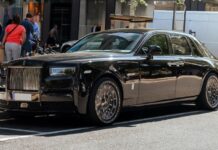
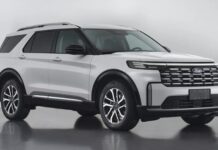
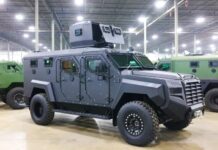


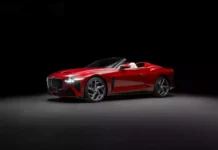



















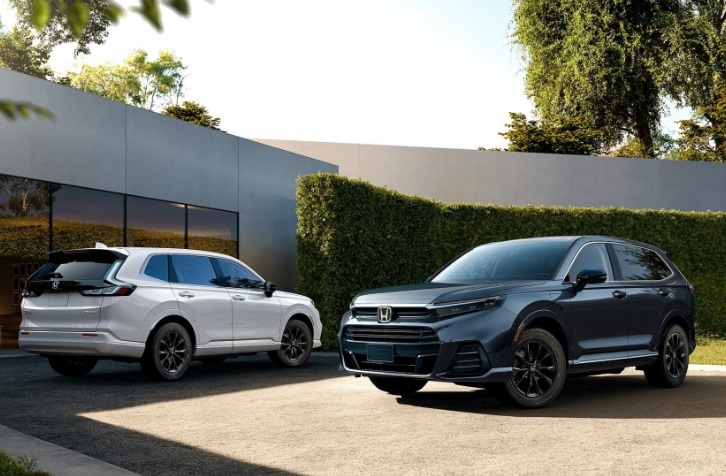
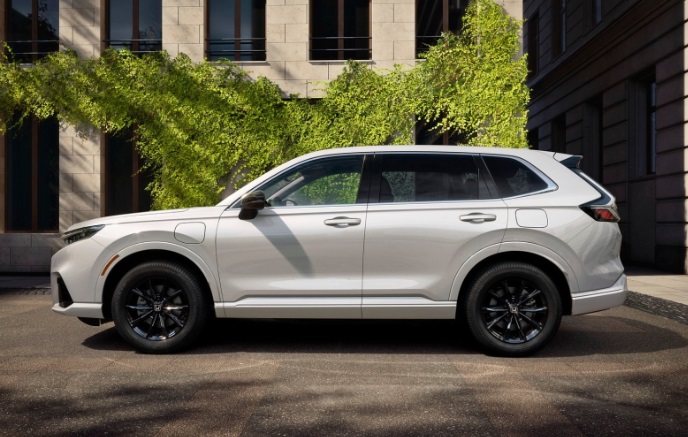

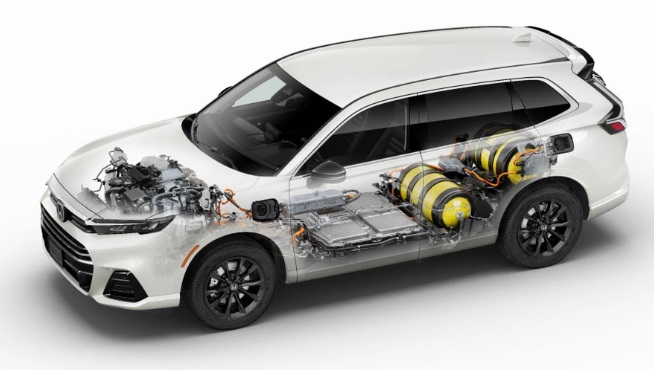
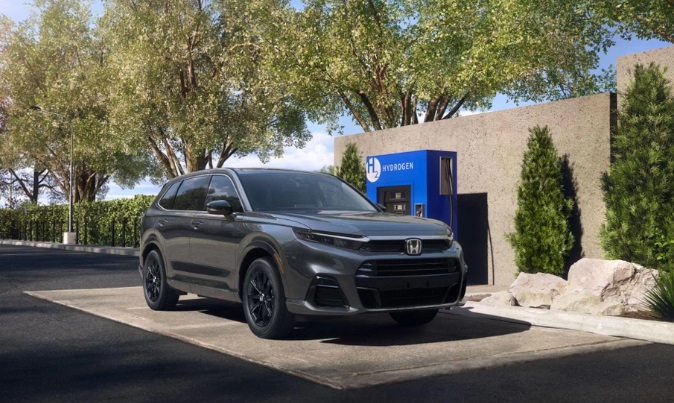
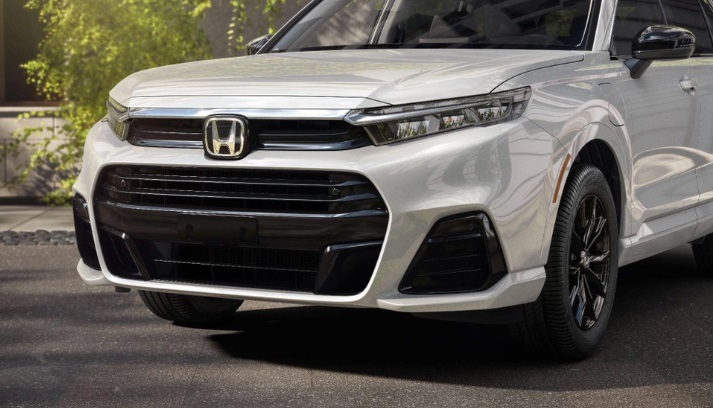
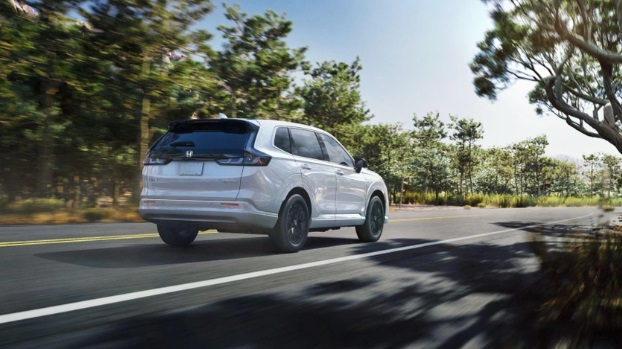
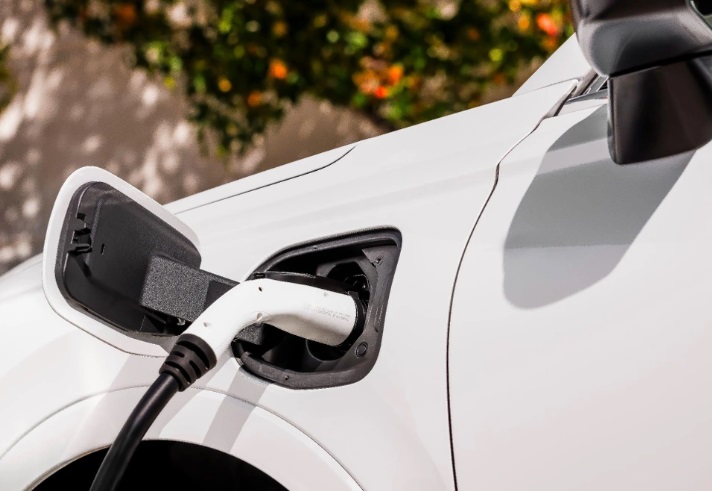
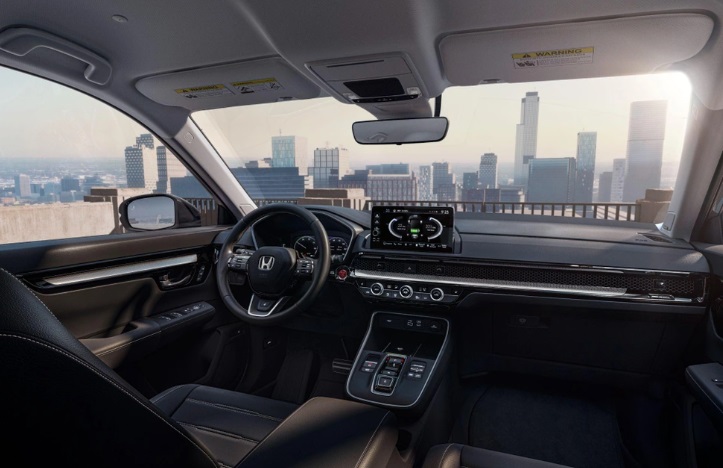
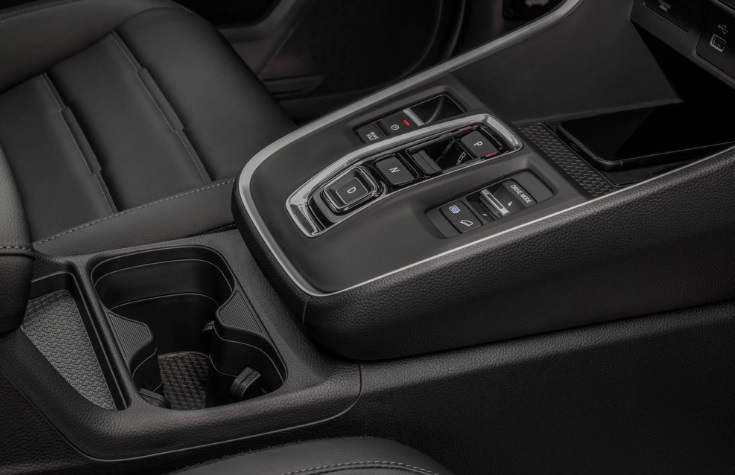
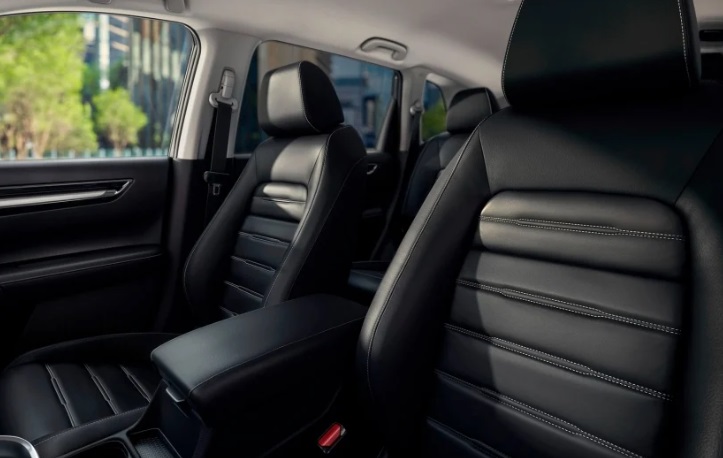
![[CAR REVIEW] The Newly Launched BMW iX3 in Vietnam: Compact, Practical, and Expensive](https://vnauto.net/wp-content/uploads/2023/10/xehay-bmwix3-01082023-9-150x150.jpg)
![[QUICK REVIEW] VinFast VF5: Extremely Affordable, Spacious, and Well-Equipped](https://vnauto.net/wp-content/uploads/2023/10/Xehay_VF5plus_21042318-150x150.jpg)
![[CAR REVIEW] User Reviews of VinFast VF 9: Stylish, Luxurious, Smooth Ride, and Perfect for Families](https://vnauto.net/wp-content/uploads/2023/10/xehay-vinfastvf9-09092023-12-150x150.jpg)
![[CAR REVIEW] Wuling Mini EV: Affordable, Compact, Convenient, but…](https://vnauto.net/wp-content/uploads/2023/10/xehay-wulingev-16062023-8-150x150.jpg)
